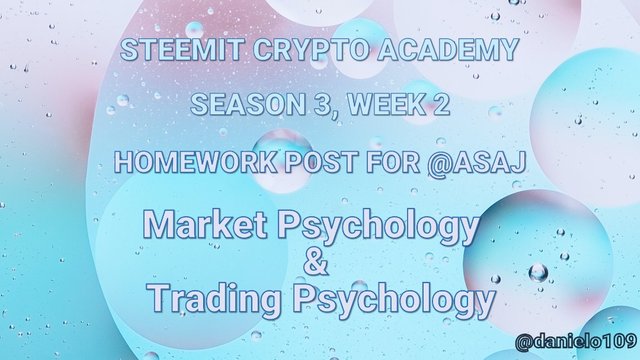
Hello professor @asaj, I'm happy to participate in your lecture. Here's my homework post. I hope you like it.
Part A
The case study given is an example of what type of psychology? Explain the reason for your answer.
From the information provided in the case study, it's clear that the psychology in question here is Trading Psychology. Now I say this because, Trading psychology deals with the mindset or way of thinking of an individual investor when faced with certain situations in the financial market and observing how they react or make decisions in response to these.
With this, only one person is observed to get to see or understand their trading behaviours and looking at the case study, we only observe Jane and her reactions to the market changes. If it were to involve more than one person then it would've been Market Psychology.
Using the case study above, list and explain at least 5 biases that influenced Jane's trading behaviour with examples of how it affected her behaviour?
From the case study it can be seen that Jane exhibited quite a number of cognitive biases and I'll bring some to light. Cognitive bias is a systematic error in thinking that occurs when people are processing and interpreting information in the world around them and affects the decisions and judgments that they make.source
- Emotional Bias: This is where a trader is led to make decisions based on feelings he/she has at the time. This is not advised as it lacks logic and one is likely to suffer losses as a result. Some emotions that make people emotionally bias are: fear, regret, greed, anger, excitement and anxiety. In this case we can see Jane initially regretted not buying her asset earlier, she only decided to buy when see saw that it would be profitable. She didn't observe the market trend but joined when she realized she could make profit. Even when the market was in the bearish trend, she still believed it would rise again soon based on her feelings and when it didn't happen that way she was distraught.
- Disposition Bias: This particular bias occurs when a trader here doesn't want to accept that he made a mistake in a trade by purchasing an asset at a wrong time but tries to look for ways to show that he was right. A typical thing to do is averaging one's position just like Jane did when the market took a big dive. Most traders hold on to a losing asset simply because it has been good or profitable before in the past.
- Herd Mentality Bias: The herd mentality is so named because of the behaviour of animals in herds, the animals all follow the leader blindly without knowing where it's headed. In the same vein, the herd mentality is one bias where one takes a particular action or decision because everyone is doing that too. In the case study, Jane didn't even check on the market trend of the asset but only went for it because everyone in her Telegram group was also going for it. She clearly didn't understand what exactly was going on but on followed this for profit. This is not advised because it's no different from letting someone do your thinking for you and in the end you end up knowing nothing.
- Self-Attribution Bias: This cognitive bias is such that people take sole credit of their success but attribute loss or failure to external factors. We didn't get to see Jane succeed but she demonstrated this when she began blaming stop loss for selling her assets and making a loss even though it was due to her own ignorance.
- Confirmation Bias: This is a bias where traders seek information that suits their beliefs to enable them have "proof" to go through with their already made decisions. Thus, they don't try to search for information to find the right course of action but just so to prove to themselves that they're in the right. For example when Jane, saw the market trend becoming a bearish one, she didn't look for the right course of action but decided on the general notion that after a bearish trend, a bullish trend will follow. As such she kept buying more assets to average her position.
- Bounded Rationality Bias: This is a bias where a trader takes actions based on an okay solution instead of trying to find the best solution for the particular situation. Therefore this is used to refer to traders who prefer to take an easier way out or feel lazy to go for the best option. One good example is the fact that Jane sold her assets and that was good as it gave her the chance to be free from her anxiety and everything but the best option would have been to wait for the bull market trend.
List and explain how each bias you have mentioned can be avoided?
- Avoiding Emotional Bias: This can be actually avoided following up on the market trend of the asset you're interested in and analysing the information to be able to make decisions that would profit you rather than simply letting your fear, regret or greed influence your decisions.
- Avoiding Disposition Bias: To avoid this, one must understand and accept that the market trend would always exhibit bullish and bearish trends as it goes on and as such one must be equipped with the knowledge to know how to act and make the right calls when they do appear. Traders must also be willing to accept their mistakes and learn to avoid them instead of proving themselves right.
- Avoiding Herd Mentality Bias: To avoid this, one must do their homework to know the flow of the market and invest in assets they've researched on; not just because someone says so. One must also keep in mind that the masses can go wrong.
- Self-Attribution Bias: One must be ready to give credit to those who supported him when needed and must be bold enough to admit that they're also responsible for their losses if not all of them.
- Confirmation Bias: This can be avoided by being open to all information and actually analysing it to be able to make a good and well-informed decision and not just ignoring information that is against your beliefs. In finance, one must seek to understand how and why something is the way it is and not simply accept things that seem to coincide with their thoughts.
- Bounded Rationality Bias: One would have to follow the development of assets in the market in order to know and understand how it functions so as to have a fair idea on how to get the best ideas and optimize them so as to make the best choices. You can also apply technical analysis to situations. The most important one though, is to be willing to put in your best effort.
Part B
What type of analysis can be used to monitor market psychology and trading psychology, and why? Identify the differences between trading psychology and market psychology.
Amongst Fundamental Analysis, Technical Analysis and Sentimental Analysis, Technical Analysis is the best for monitoring market and trading psychology as it gives greater understanding than its counterparts although in some circles, both fundamental and technical analysis are used.
Technical analysis is a method that studies the trend in share prices and looks at historical price charts of an asset to predict future trends or the market direction. It employs several indicators like day-moving averages (DMAs), Bollinger bands and Relative Strength Indices (RSI) or simple support and resistance lines based on certain facts such as prices always follow a trend to make optimal buying and selling choices. This can be used to perform research on an asset before you get involved and it is a go-to-option for short-term investors and traders to draw and predict future price charts.
Differences Between Trading Psychology & Market Psychology
| Trading Psychology | Market Psychology |
|---|---|
| It deals with the behaviour of an individual trader when making decisions in the stock market | It involves the aggregate traders and their collective behaviour in response to market conditions |
| Change is immediately detected | Change is gradual and might take time to realize |
How can you measure market psychology using a crypto chart? Select 5 trading biases and explain with screenshots of any cryptocurrency chart how the biases can cause a coin to be oversold and overbought.
We can determine the market psychology at a given point by observing the crypto charts. The trend at each point of the chart gives us in idea of what went on.
In order to be able to read you'd have to understand the 4 phases in in every trade cycle. The images used are from Trading View's charts on Binance Coin (BNB)
- Phase 1: It's referred to as Accumulation. Over here, the market is fairly stable as there are little changes in the price but it still shows signs of going upwards. This is where people will try to accumulate more of an asset. Implying that buyers and sellers are almost equivalent and not making any large trades.
- Phase 2: The Mark-Up Phase, this is when prices are starting to go higher and as a result the market becomes unstable since the number of buyers has exceeded the number of sellers and the chart begins to grow in an bullish trend.
- Phase 3: The Distribution Phase comes after the mark-up phase and looks the accumulation phase but more inclined to a bearish trend. Over here, the number of sellers slightly exceed that of the buyers. Usually after this stage a dip begins.
- Phase 4: Also known as the Mark-Down Phase is where the sellers in the market place far exceed the buyers. The more the number of sellers increase the market, the further chart dips and forms a bearish trend.
Trading Biases and How They Influence Overselling & Overbuying
- Disposition bias: It can be seen here that, despite the decline in the market some people are still not ready to let go off their coins just to prove a point. If this goes on a point will be reached where they'd be forced to sell even at a loss due to emotional stress although some still change their mind.
- Emotional bias:People tend to attach emotions to things they do including trading. Over here you can tell even though it's going through a bearish trend, people still hold on to their coins in hopes that it would rise again as it has done before. This can lead to over-buying of the coin.
- Conformation bias: From here we see that many investors decide to join the in the trend without preparing or making any research. They joined because they thought it would be profitable forgetting that when there's much increase in buying a time will come where the sellers would be more than the buyers causing an oversell which would lead to a bearish trend.
- Herd Mentality bias: Herd mentality is where one follows others simply because their choice looks right and as such you decide to join in. It's obvious that other investors joined in over here simply because the market was in a bullish trend. This could in effect lead to over-buying.
- Trend-Chasing bias: This is where one follows patterns in the past and bases that as the movement of the market instead of paying attention to the actual state and happenings concerning the market trend of the coin.
In your own words, define the term efficient market hypothesis (emh). List and explain the advantages and disadvantages of efficient market hypothesis (emh).
Efficient Market Hypothesis is the idea that any new information in the market space is directly seen in the price of a coin or asset. It's aim is to show that the market is fair and everything is accurately priced. This was coined by Eugene Fama and demonstrates that no one can constantly beat the market since everyone has access to the same information nonetheless one can make larger returns by buying riskier investments and not with skill (either fundamental or technical analysis). Thus, studying the market trends to predict new trends is seen to be pointless.
Advantages of Efficient Market Hypothesis
- Time Saving: Since the market is efficient one wouldn't have to spend so much time in analysing market trends or technical charts as they are seemingly not relevant to this theory.
- Saves Money: This theory helps investors especially new ones to save their money instead of following the advice of analysts in hopes of beating the market and making an abnormal rate of return.
Disadvantages of Efficient Market Hypothesis
- Makes Fundamental & Technical Analysis Look Useless: The idea that fundamental and technical analysis are not necessary is incorrect because through these, one can predict the trend of a market based on its financial information and price patterns to make informed decisions and not speculations.
- Very Risky: For one to make large returns in EMH, he/she must be willing to get into more riskier investments which can ultimately flop and create a big loss.
Conclusion
Market & Trade Psychology is a broad and interesting topic that helps us understand why we do what we do as traders and investors. I'm grateful to have been part of this class. I say a big thanks to @asaj
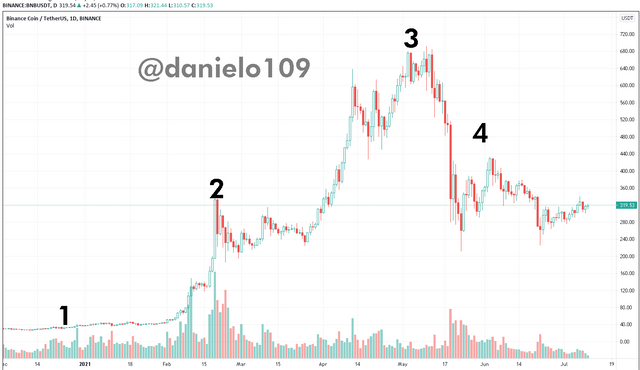
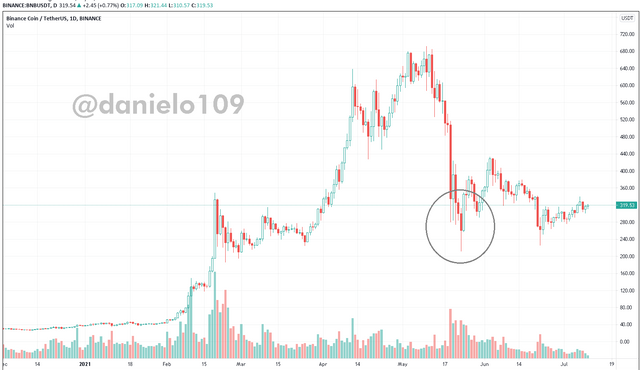
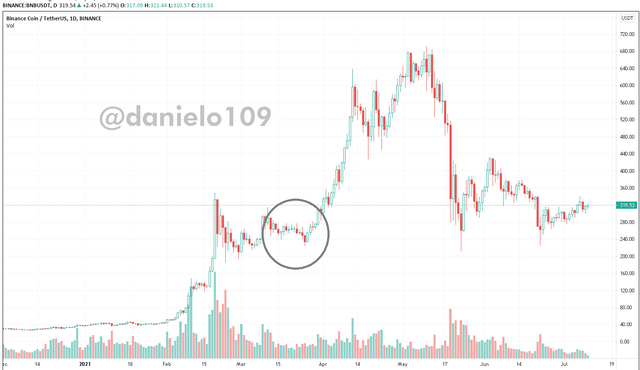
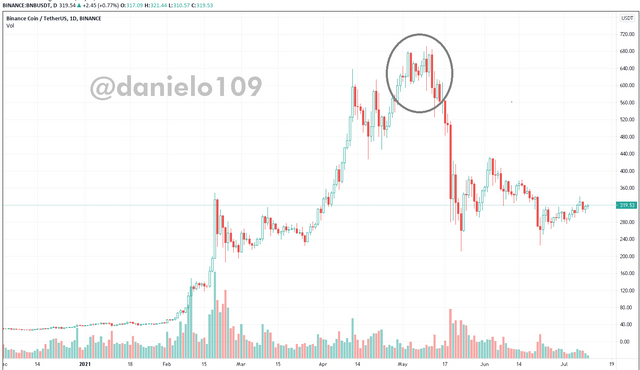
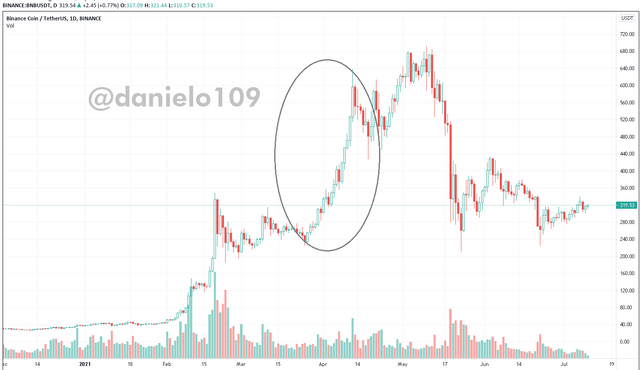
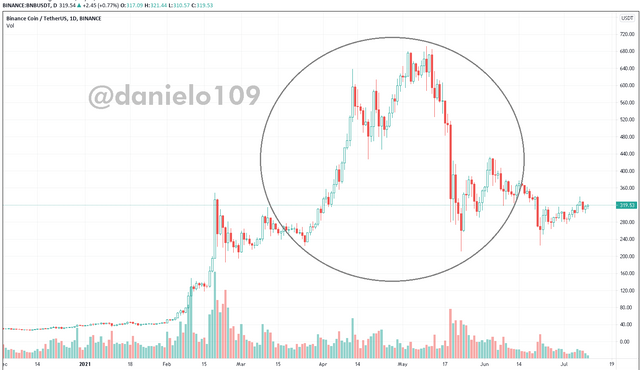
Hi @danielo109, thanks for performing the above task in the second week of Steemit Crypto Academy Season 3. The time and effort put into this work is appreciated. Hence, you have scored 4.5 out of 10. Here are the details:
Remarks:
Commendable effort but fair performance. While you did considerably well in the Part A, you answers to Part B questions lacked some depth to it. Also, you did not explain how biases can lead to overbought and oversold conditions.
That said, you did not provide new information to this course. Most of the points you stated have already been mentioned by other participants.
Downvoting a post can decrease pending rewards and make it less visible. Common reasons:
Submit
@asaj thanks for the review
Downvoting a post can decrease pending rewards and make it less visible. Common reasons:
Submit